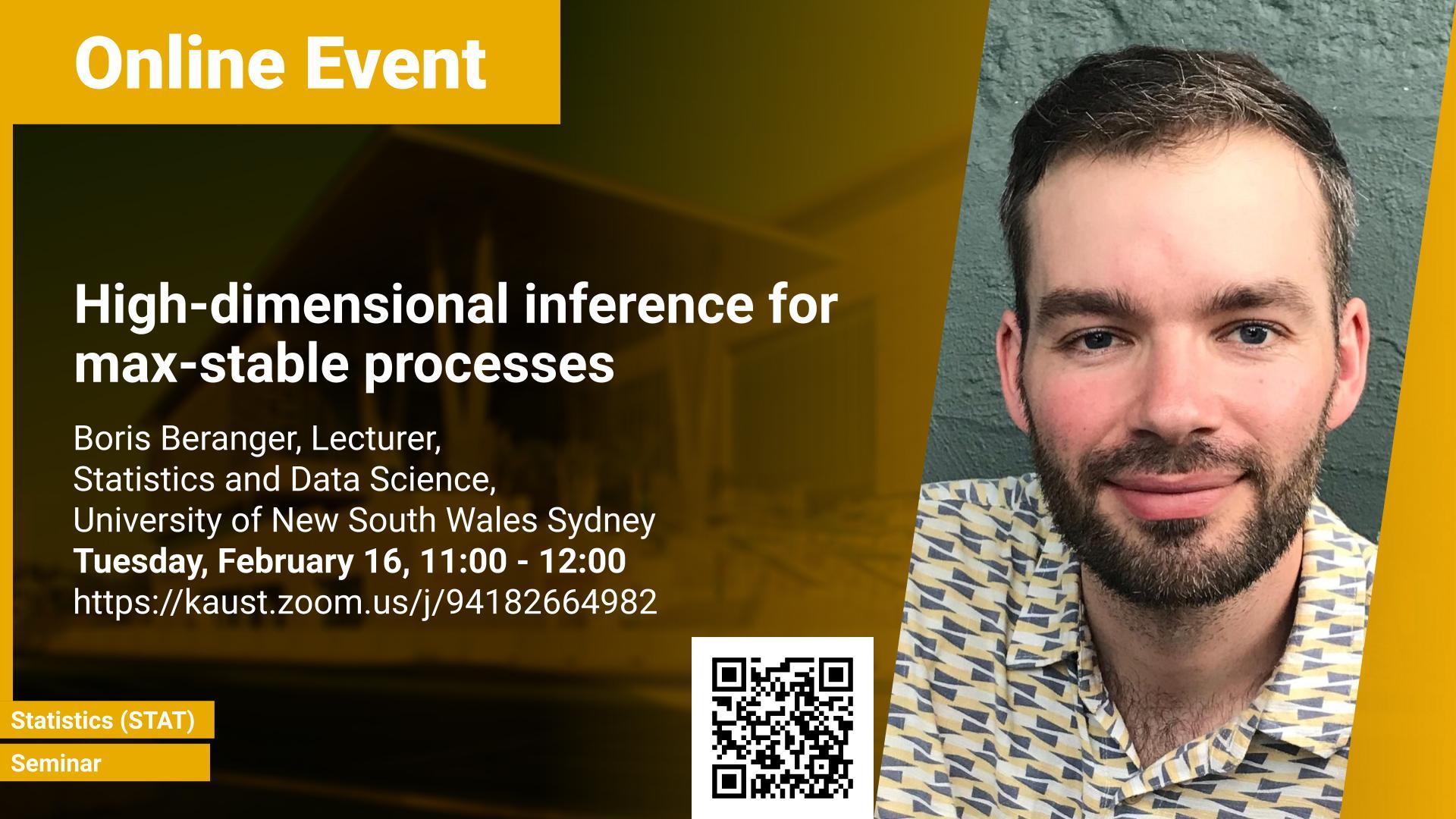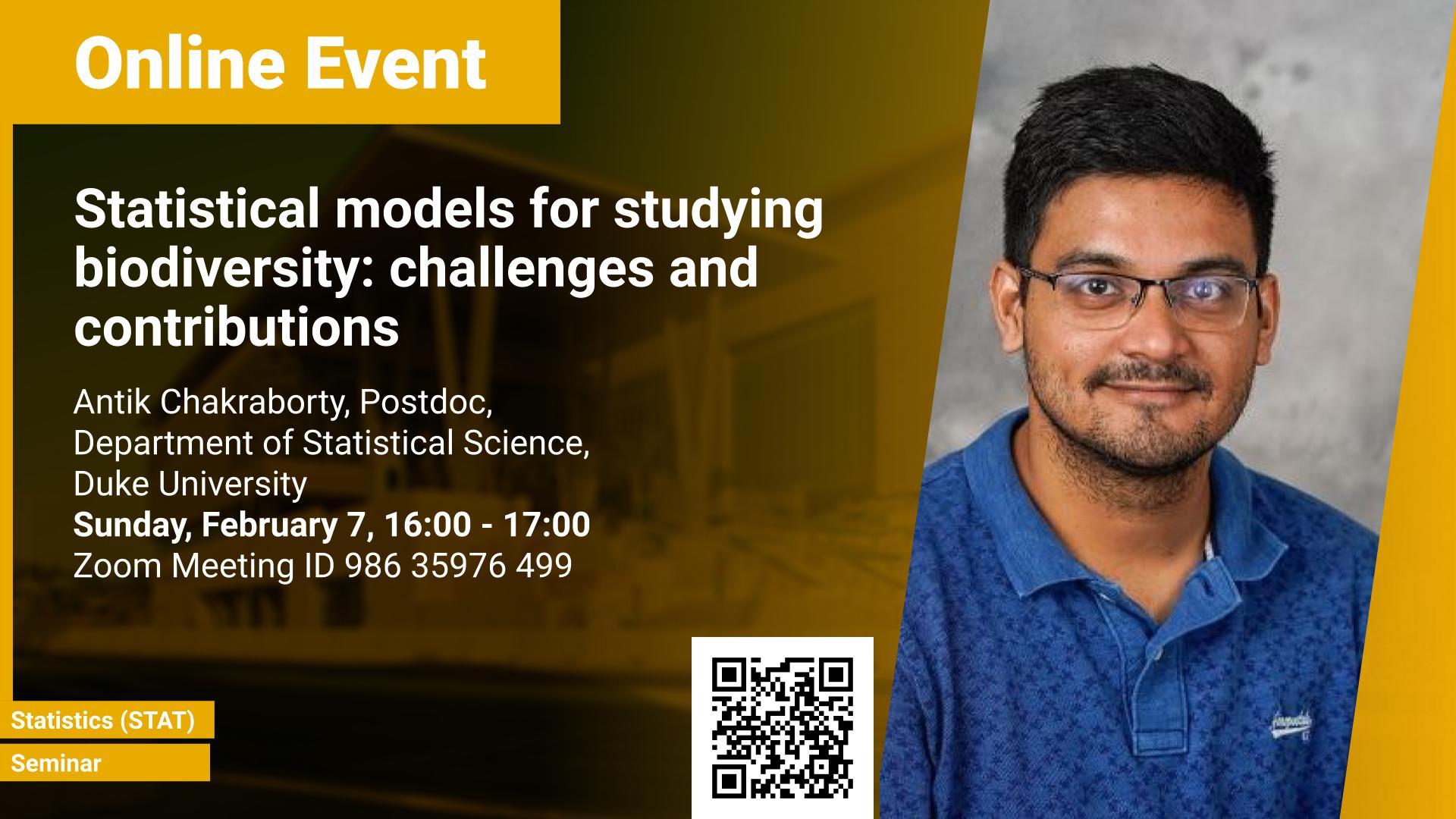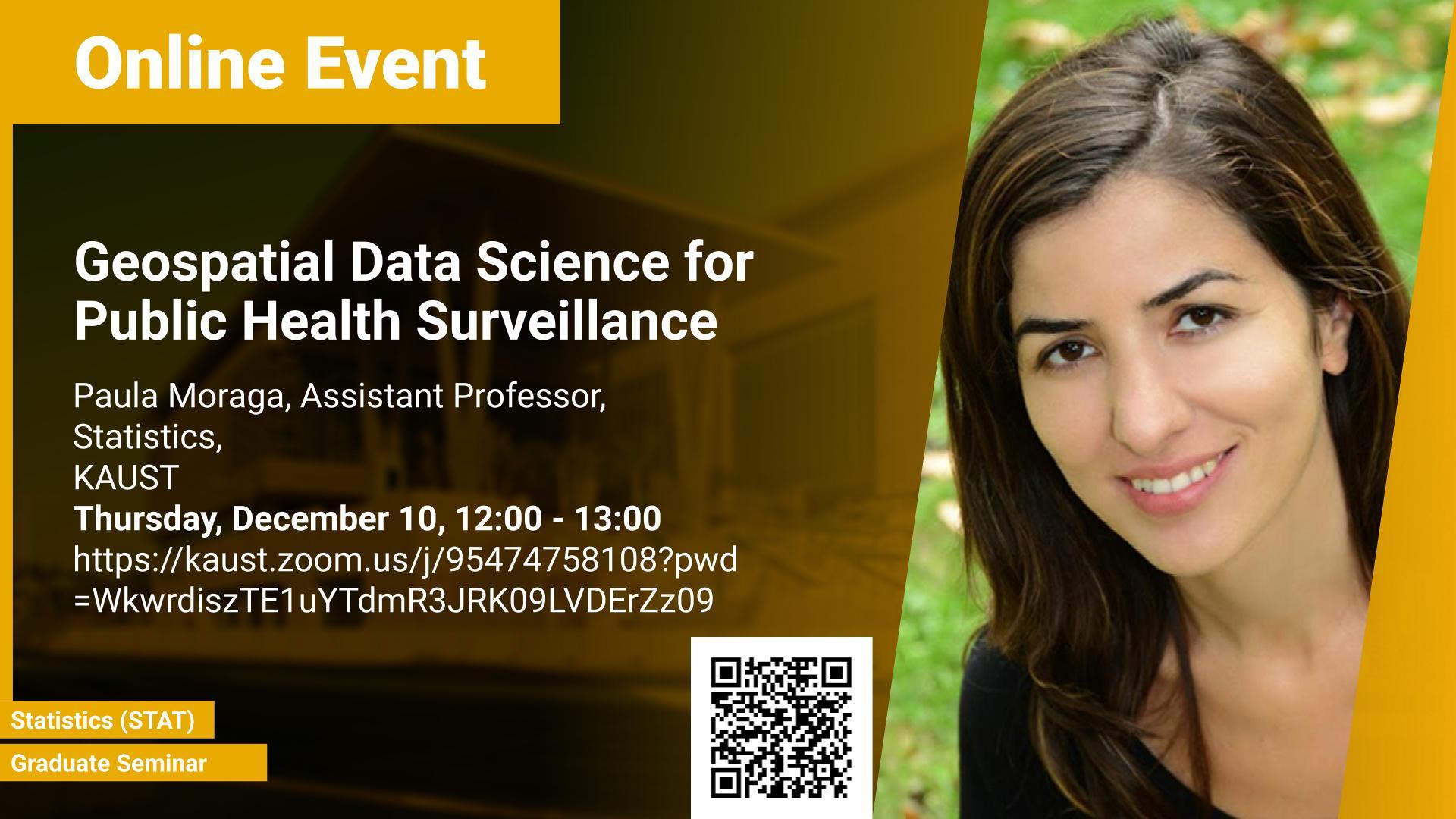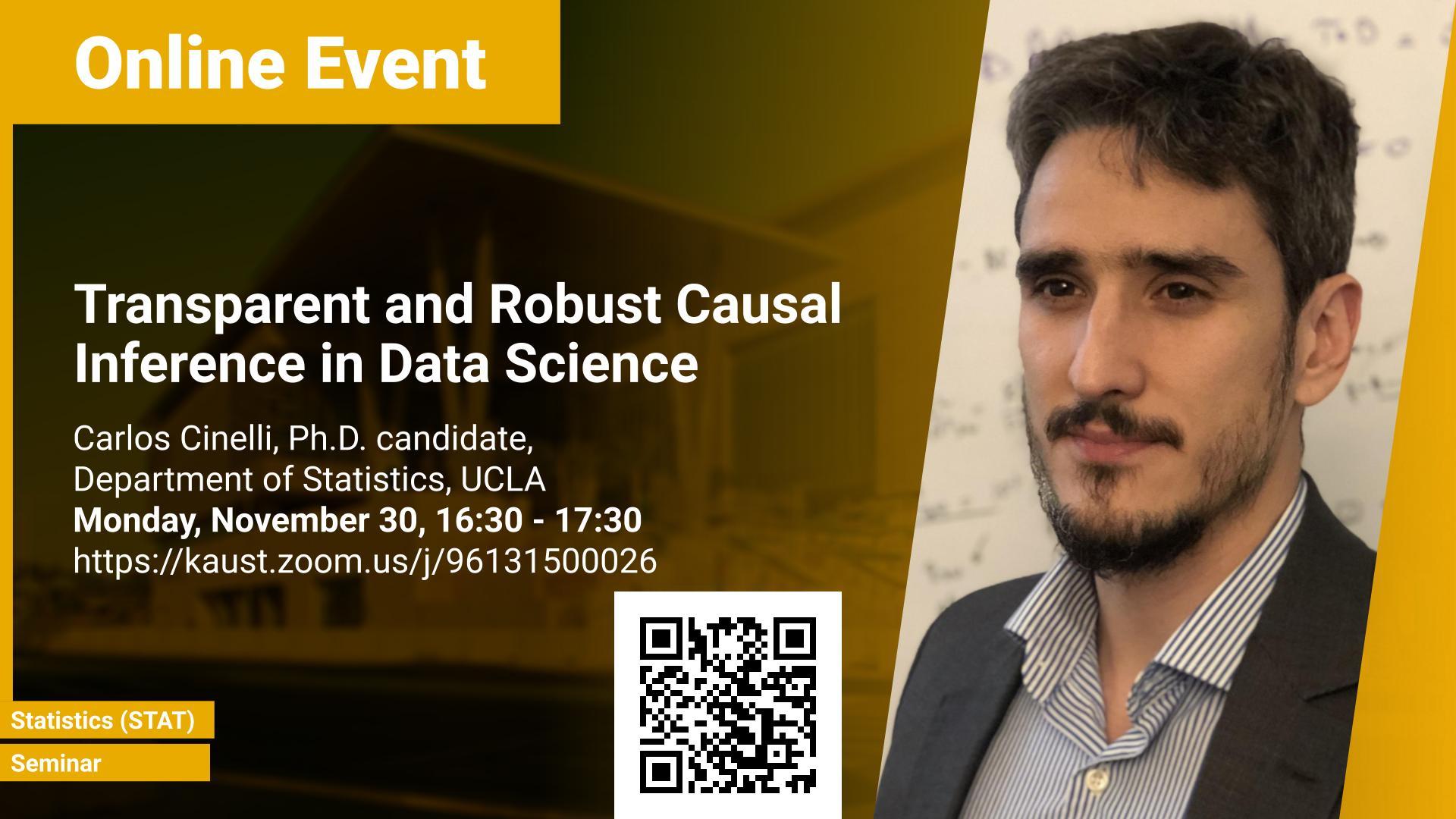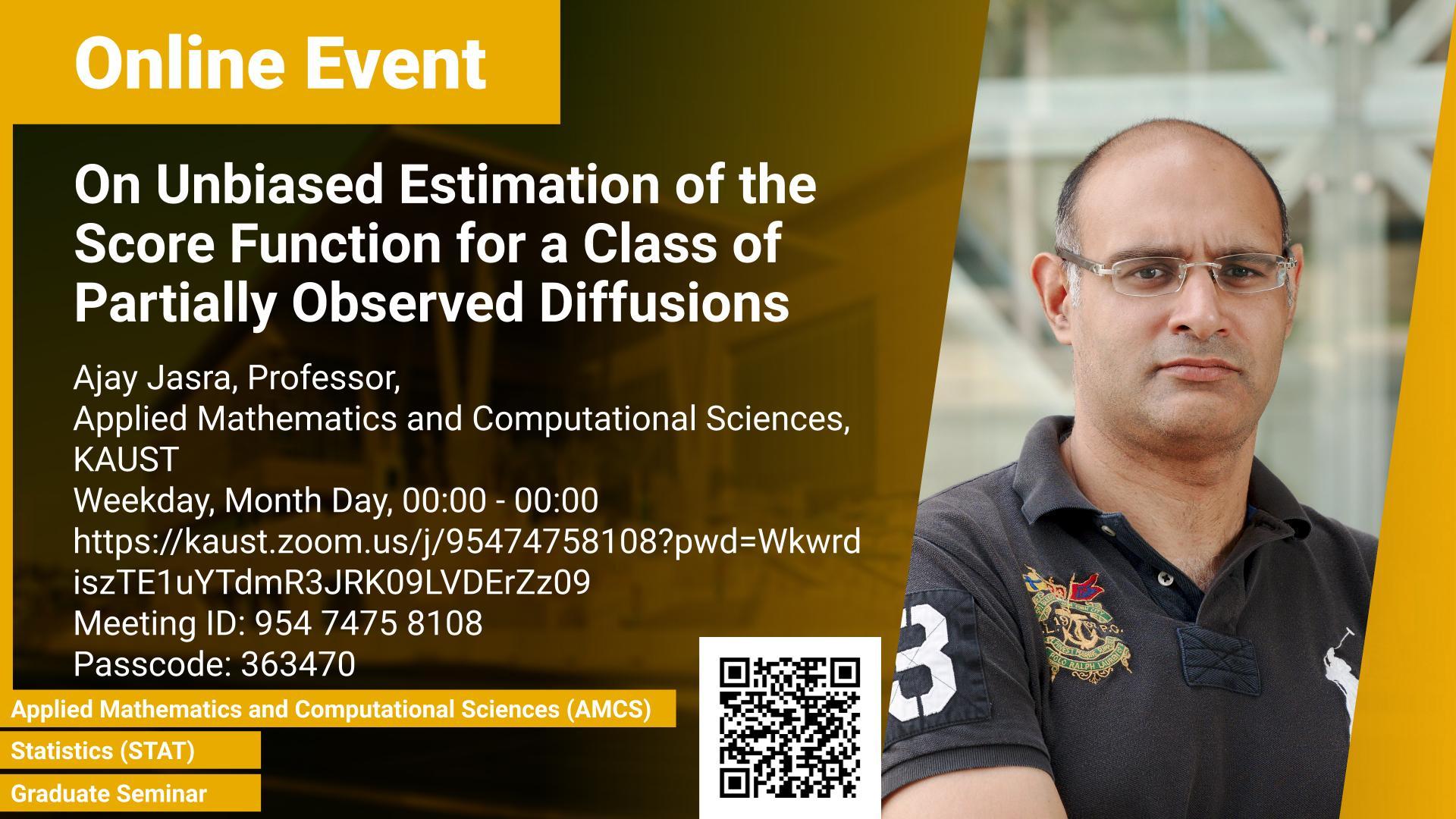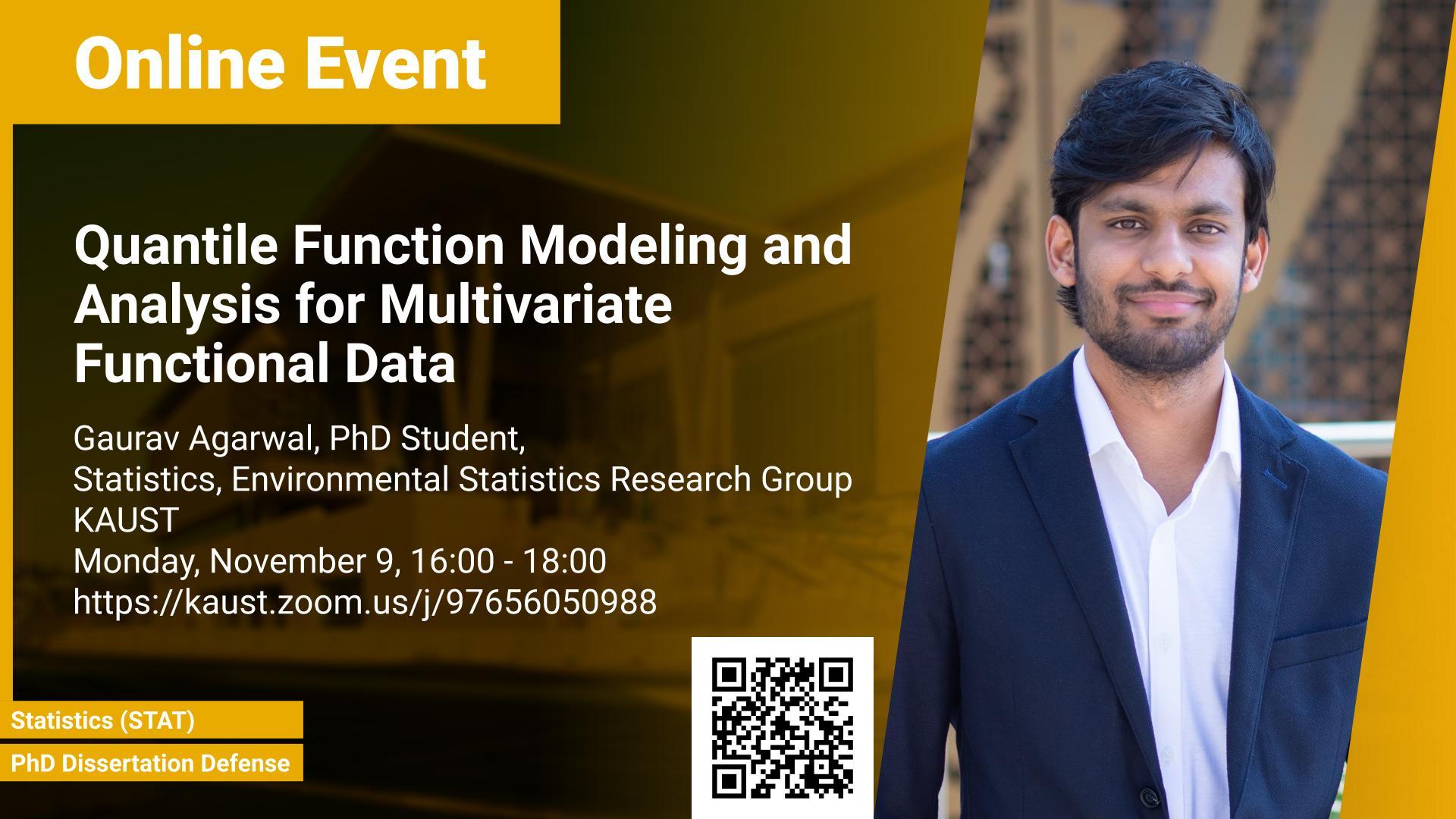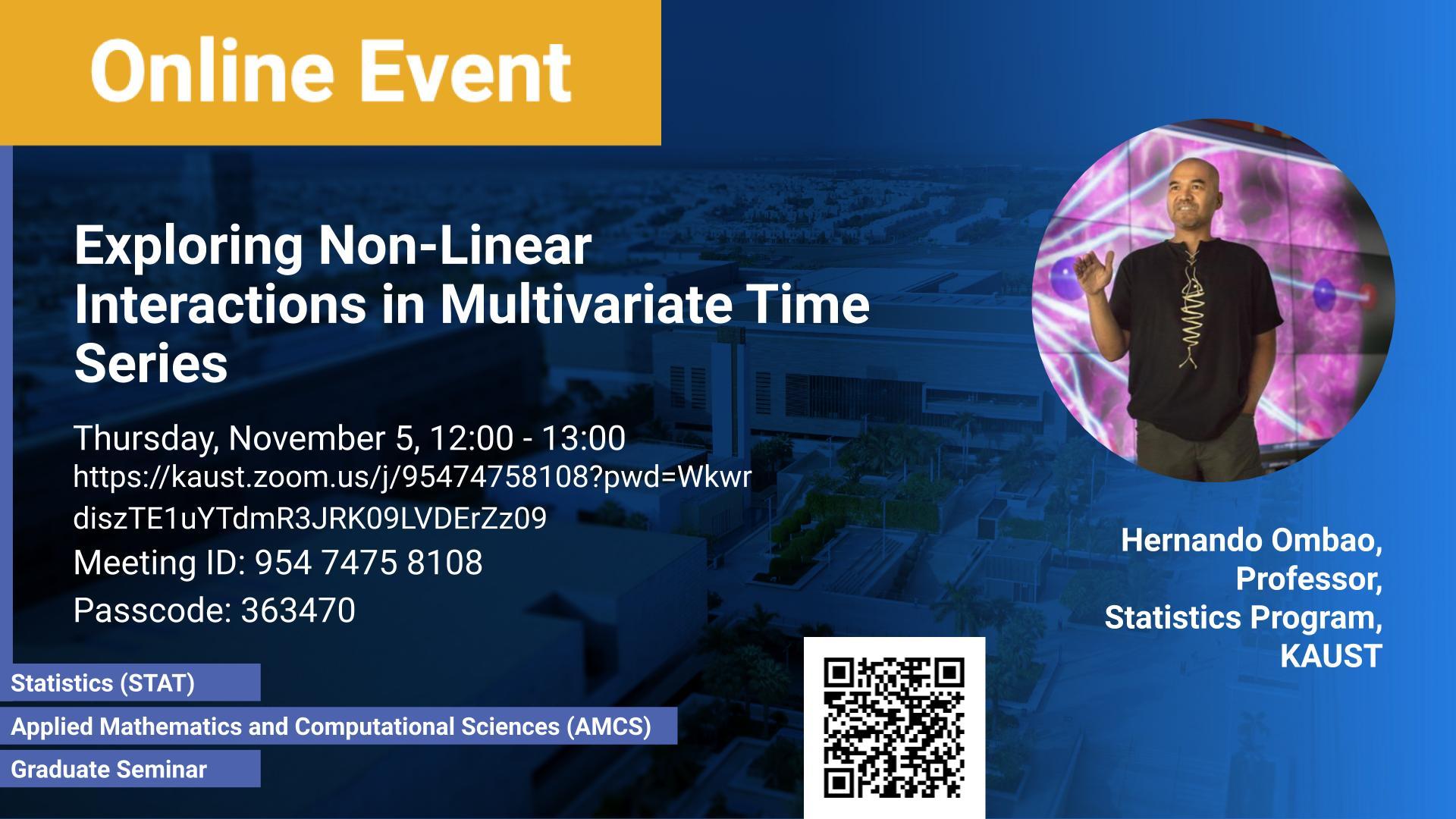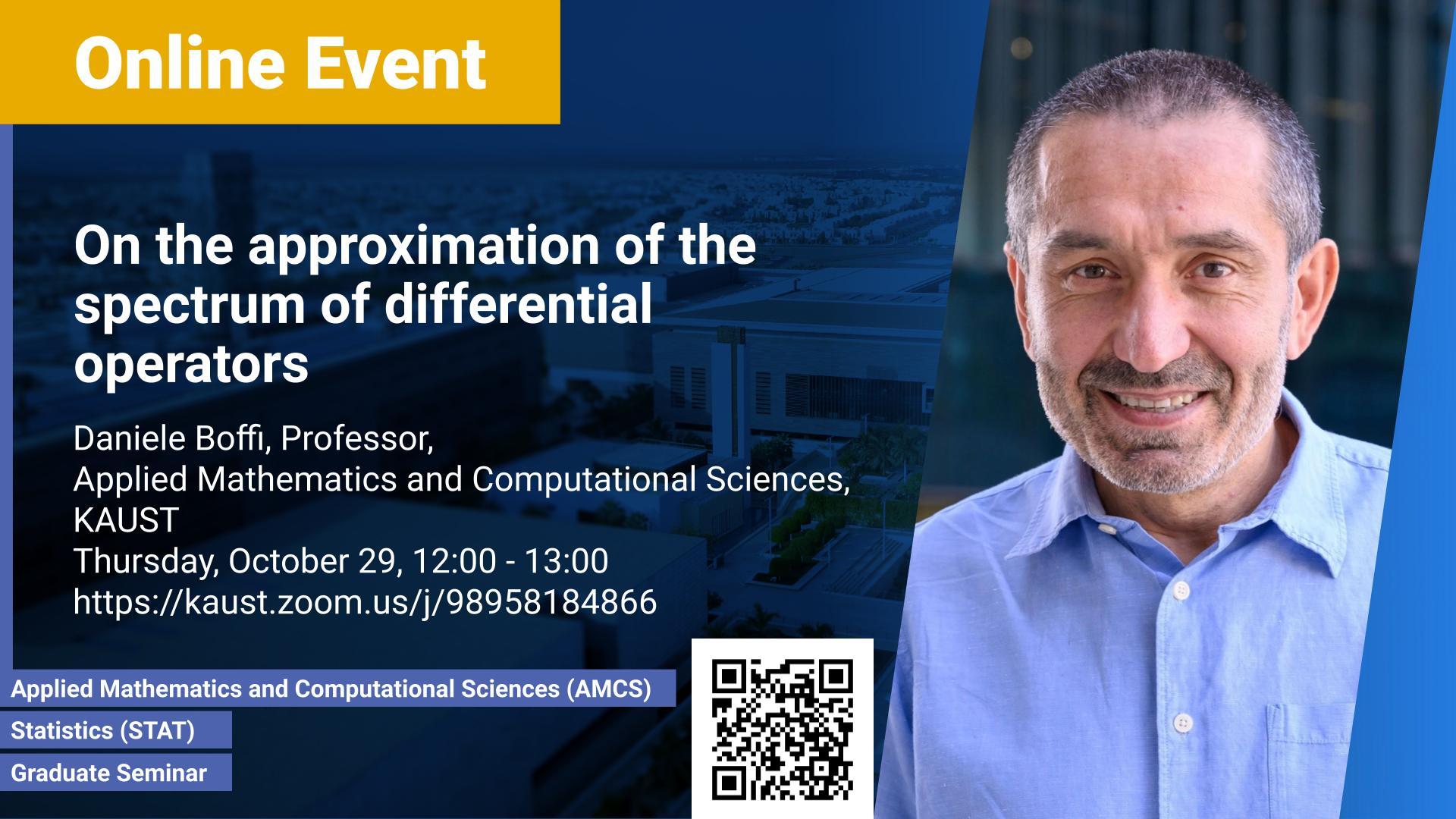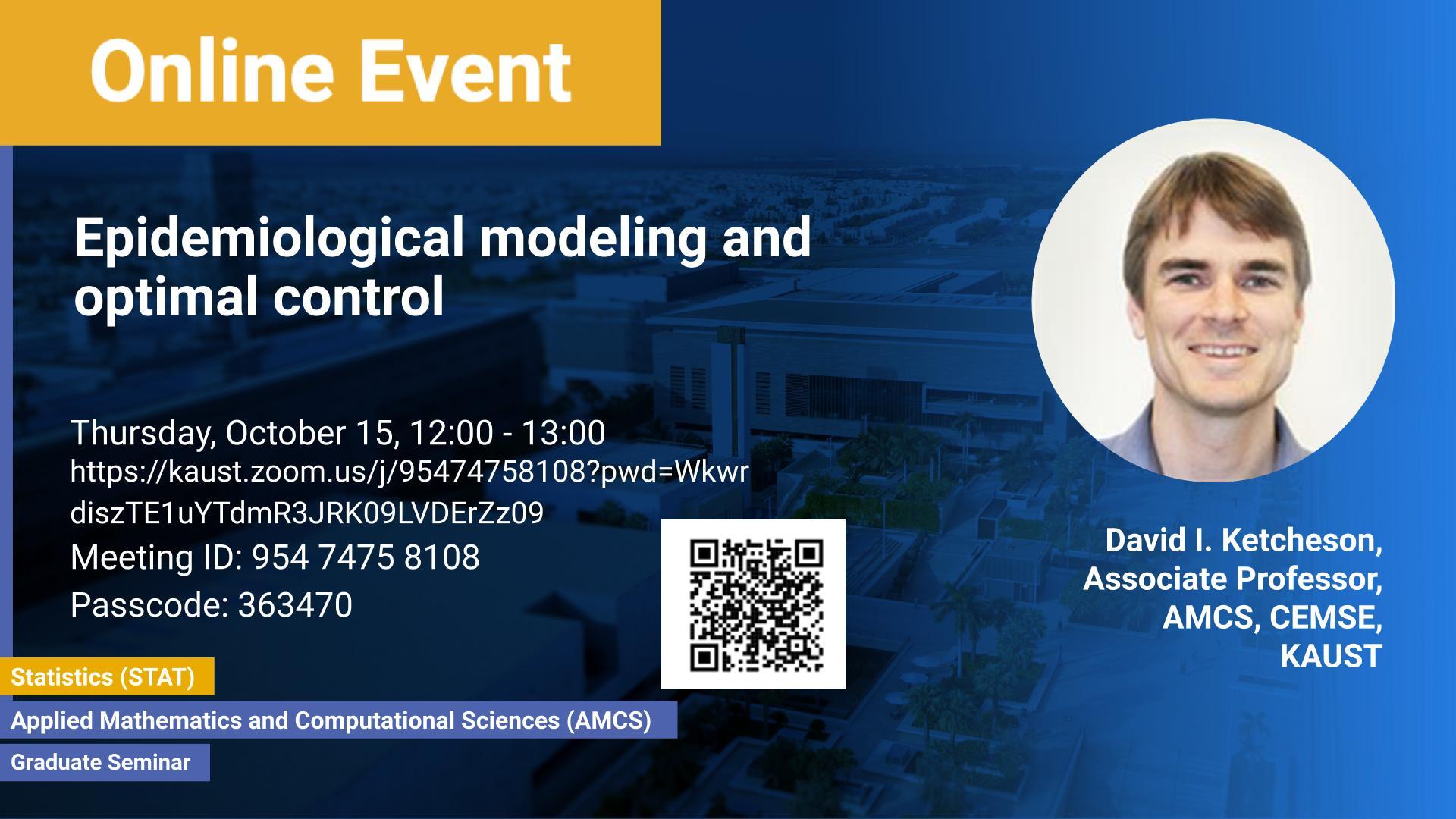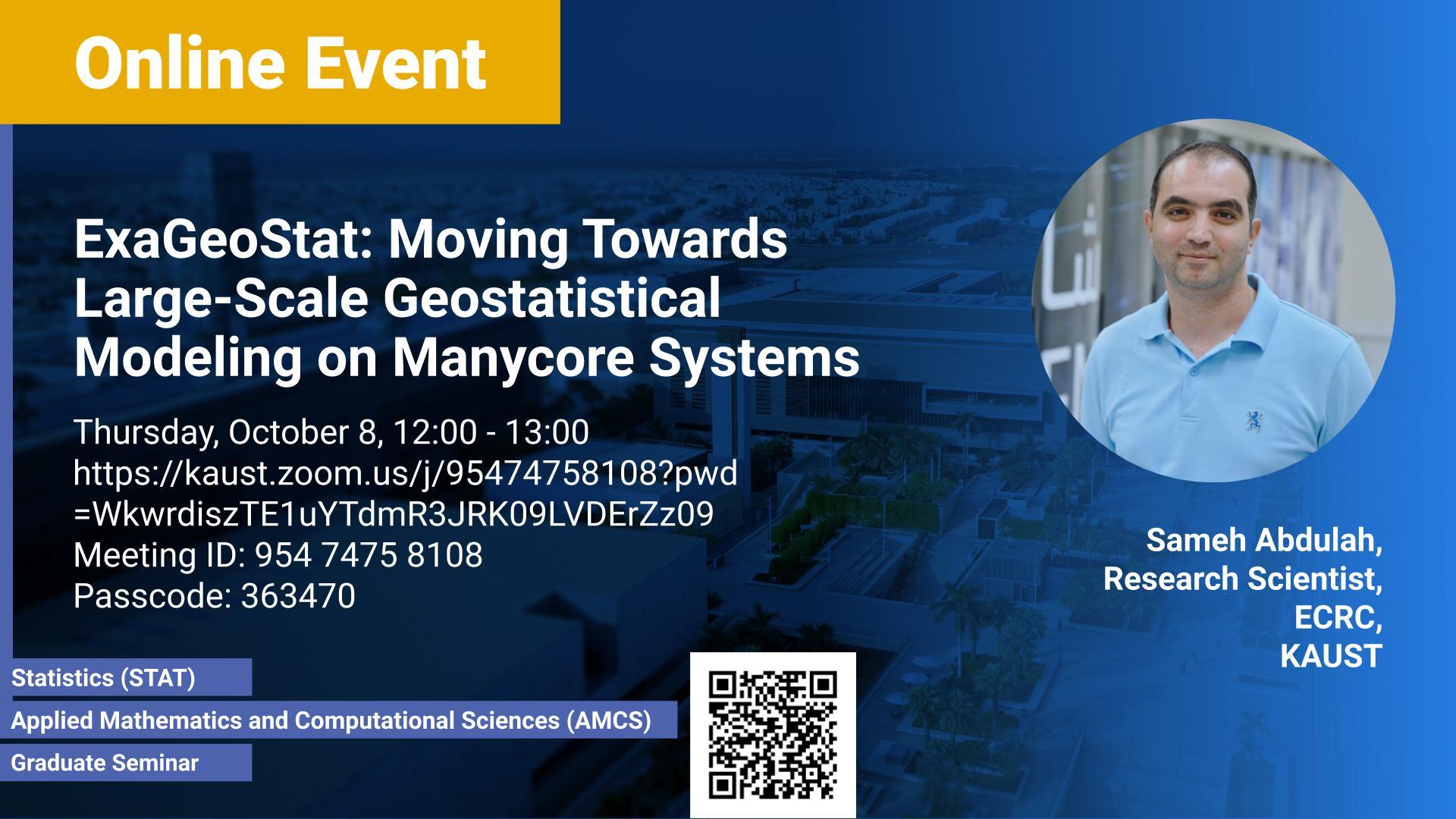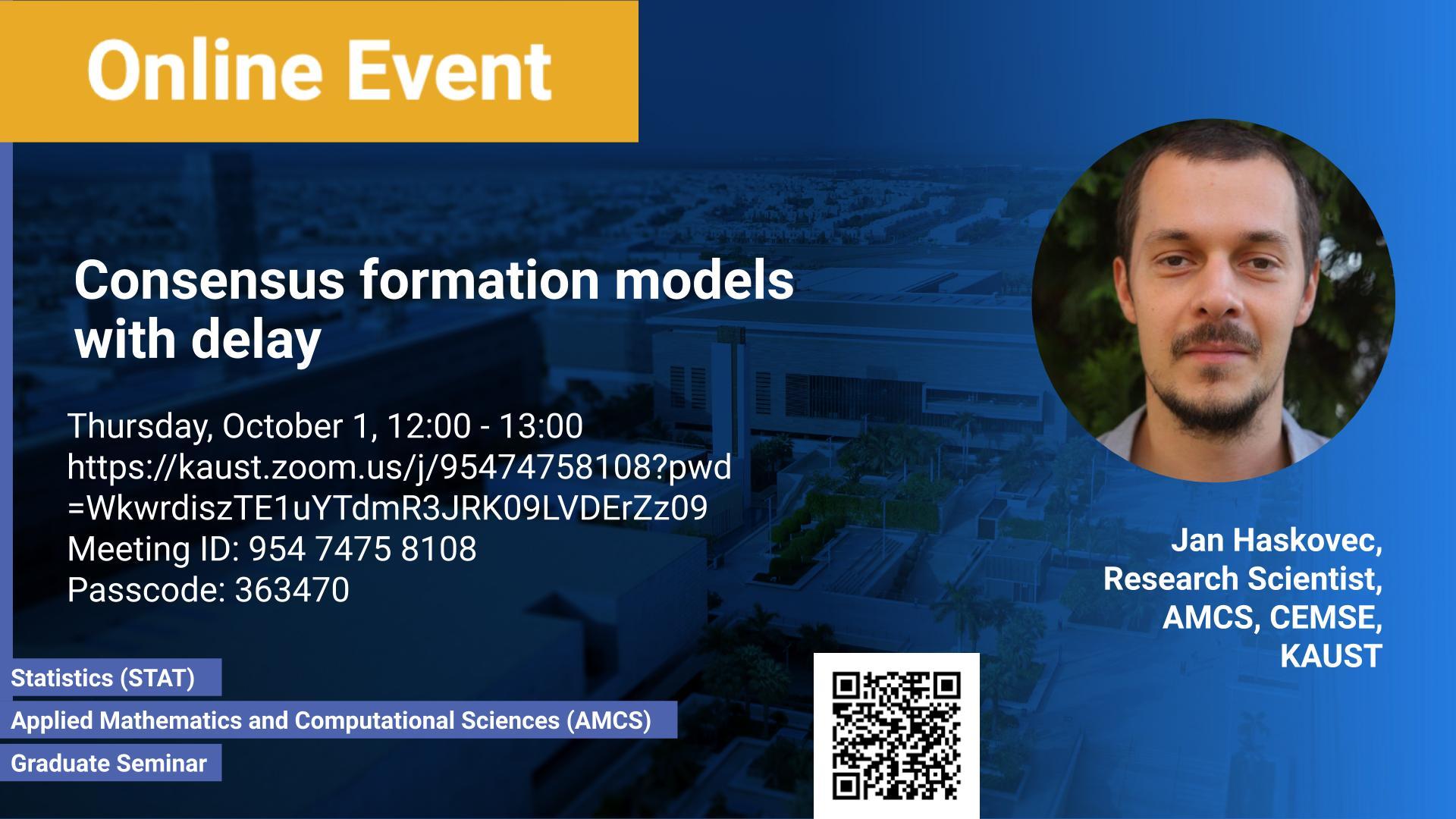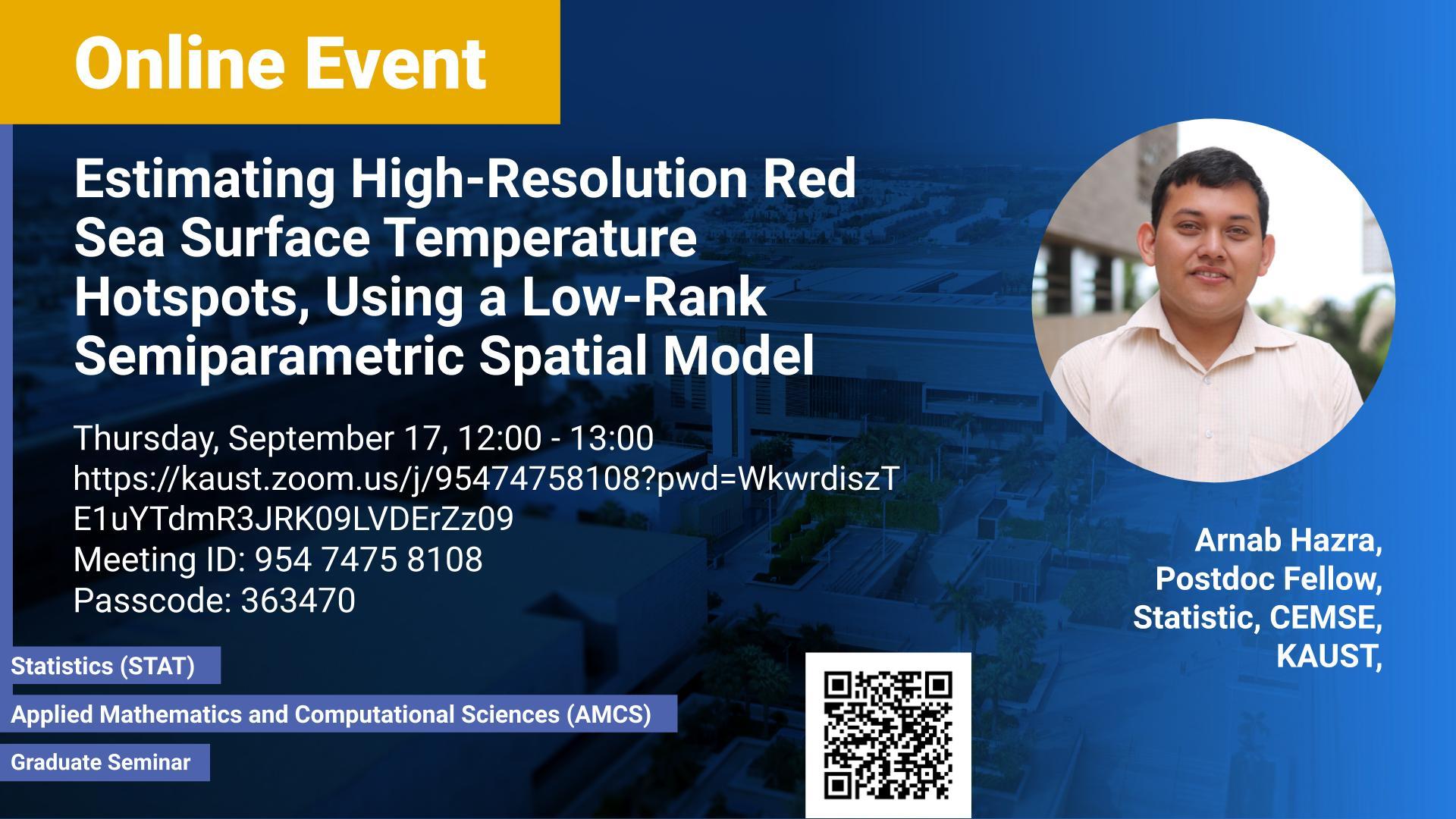Dr. Ewelina Zatorska, Senior Lecturer in the Applied and Numerical Analysis, Imperial College London
Tuesday, March 09, 2021, 15:00
- 16:00
KAUST
In this talk, I will present the recent developments in the topic of the existence of solutions to the two-fluid systems. The compensated compactness technique of P.-L. Lions and E. Feireisl for single-component fluids has certain limitations, distinctly in the context of multi-component flow models. A particular example of such a model is the two-fluids Stokes system with a single velocity field and two densities, and with an algebraic pressure law closure. The first result that I will present is the existence of weak solutions for such a system, using the compactness criterion introduced recently by D. Bresch and P.-E. Jabin. I will also outline an innovative construction of solutions relying on the G. Crippa and C. DeLellis stability estimates for the transport equation. In the last part of my talk, I will relate to a couple of more recent results: the existence of solutions to the one-dimensional system, non-uniqueness of solutions to the inviscid system, and I will comment on issues around weak-strong uniqueness.



